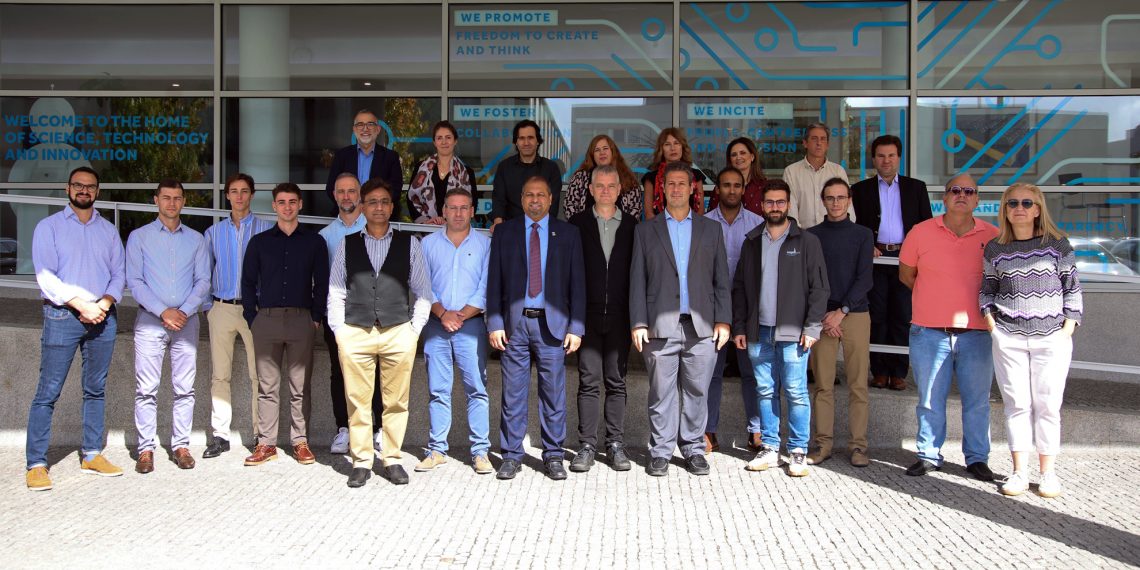The SEAGUARD project aims to integrate different types of sensor technology to achieve a more reliable “portrait” of border areas. The project wants to help assess situations of maritime incidents and illegal activities. The Institute will provide experience and knowledge in maritime robotics and communications.
INESC TEC is the coordinator of a project that seeks to develop a multi-domain and cooperative system to provide information and data for a more accurate monitoring of European maritime borders.
The SEAGUARD project focuses on the development of a multi-domain surveillance system – covering everything at sea level, above or below the surface – composed of static and mobile robotic platforms, exploring “different outlooks and detection principles to overcome the limitations of individual sensors”, explained Bruno Ferreira, researcher at INESC TEC.
In this sense, the project – which started in early October, and will last 30 months – will focus on the design, development and testing of “advanced” solutions capable of integrating different types of sensor technologies: unmanned vehicles (air, surface and underwater) and intelligent underwater cables, combined with advanced analytics and decision-support systems. INESC TEC, the institution what welcomed the kick-off meeting of the project, will contribute with concrete experience in communications, algorithms for data processing, mission planning and robot positioning.
“All this information will be merged and processed by classification algorithms, and then made available to end users, who will be able to make educated decisions and take action”, he added.
Said information, transmitted in real time, can be very useful for authorities operating in border areas. “Improving safety”, according to Bruno Ferreira, may be one of the main results of the project – but not exclusively.
“By exploring a system that recognises the entire surrounding context, SEAGUARD can also be used to assess situations in the event of natural disasters. The possibilities are quite vast. We can easily imagine many applications that benefit from cooperative distributed sensors, combining static and mobile solutions,” said Bruno Ferreira.
SEAGUARD brings together 14 European partners and received funding of around €5M from the Horizon Europe programme.



 News, current topics, curiosities and so much more about INESC TEC and its community!
News, current topics, curiosities and so much more about INESC TEC and its community!